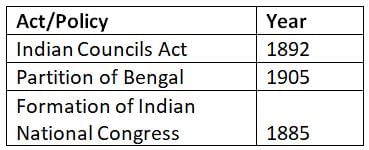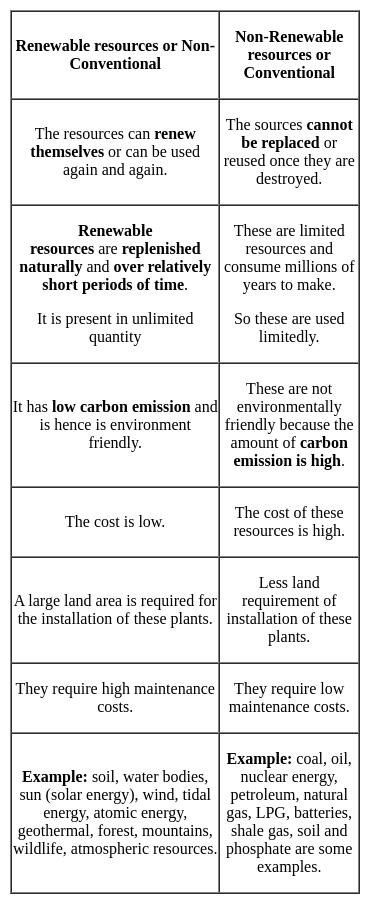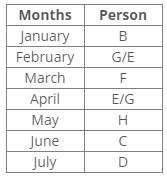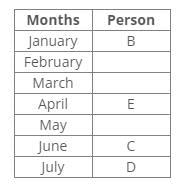UPSC CAPF Paper 1 Mock Test - 2 (General & Mental Ability) - CDS MCQ
30 Questions MCQ Test - UPSC CAPF Paper 1 Mock Test - 2 (General & Mental Ability)
Elections held after the term of 5 years of Lok Sabha are called
How was the massacre of Albanians finally stopped?
What is meant by energy crisis?
When is International E-Waste Day observed every year?
Which of the following is not an agent of erosion and deposition
Terms of credit are with respect to :
Basket weaving, pottery and other handicrafts are all examples of
Cotton is a______________ product and cloth is a_______________ product
‘Incident Management Services’ is associated with which Union Ministry?
Katchatheevu Island, recently seen in news, is situated between which two countries?
Which company was awarded the 2024 Google Cloud Sales Partner of the Year for India?
What is the name of the recently launched brand of National Cooperative Organics Ltd (NCOL)?
Which country is poised to assume the role of the chairman of the International Sugar Organisation (ISO) in 2024?
Which case is famous for the definition of basic structure of the Indian Constitution?
Who won the ICC Men's Player of the Month award for the month of February?
Identify the group containing only pulse crops
The law of constant proportion was proposed by
A ray of light incident on the optical centre of a spherical lens, after refraction passes through:
If the average velocity of a body is equal to mean of its initial velocity and final velocity, then the acceleration of the body is:
The cause of Presbyopia is
Which of the following inscriptions belong to Samudragupta?
I. Allahabad Pillar Inscription
II. Mehrauli Pillar Inscription
III. Nalanda Copper Plate
IV. Gaya Copper Plate
V Bhitari Pillar Inscription.
VI. Eran Pillar Inscription
Shivaji sacked Surat again in 1670. After this he also raided the Mughal provinces of Berar, Baglana and Khandesh. What factor helped Shivaji?
Which one of the following statements regarding the Iqta system is correct?
Consider the following pairs:

How many of the above pairs are correctly matched?
The kidney shaped cells surrounding stomata are called:
Alleles of a gene are found on :-
Directions: Read the given information carefully and answer the questions given beside:
A certain number of people are sitting in a row watching F1 racing. All of them are facing towards the south direction. The distance between any two adjacent persons is the same.
The number of people sitting between A and C is the same as the number of people sitting between X and C. At most 25 people are sitting in a row. X is an immediate neighbour of D, who sits on one of the ends. Two people are sitting between A and Z. The number of people sitting between D and C is the same as the number of people sitting between C and Y. C sits fourth to the right of Z. The number of people sitting to the right of A is the same as the number of people sitting to the left of Z.
Q. Four of the following five are alike in a certain way and hence form a group. Which is the one that doesn’t belong to that group?
Seven persons B, C, D, E, F, G and H are born on seven different months of a year starting from January, but not necessarily in the same order. Who was born in July?
Statement I: C was born just before D. Only two persons are born after H. Three persons are born between H and B. F was born two months after B.
Statement II: E was born in April. D was born after C. Two persons are born between E and B. B was not born in July. C was born one of the months after May.
Direction: Read the given instructions carefully and answer the questions given beside.
Which code word stands for ‘Time’ in the coded sentences ‘oqa ahw’ which means ‘be careful’?
I. In the same code language ‘dnj msk ahw swe’ means ‘May be next time’
II. In the same code language ‘vnm msk qqa oqa’ means ‘Careful you are next’





 Hence, Case 1 is the final arrangement.
Hence, Case 1 is the final arrangement.












